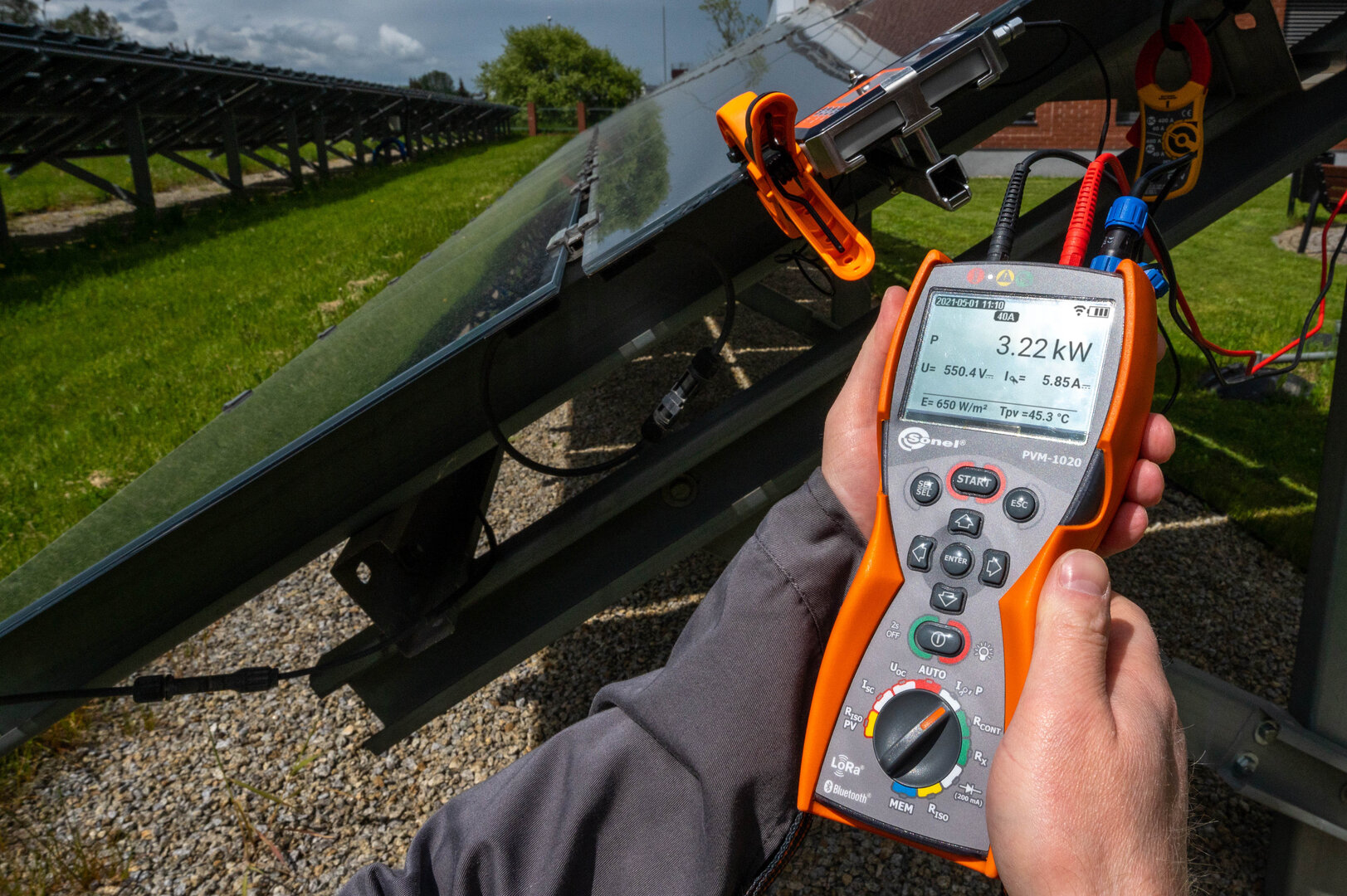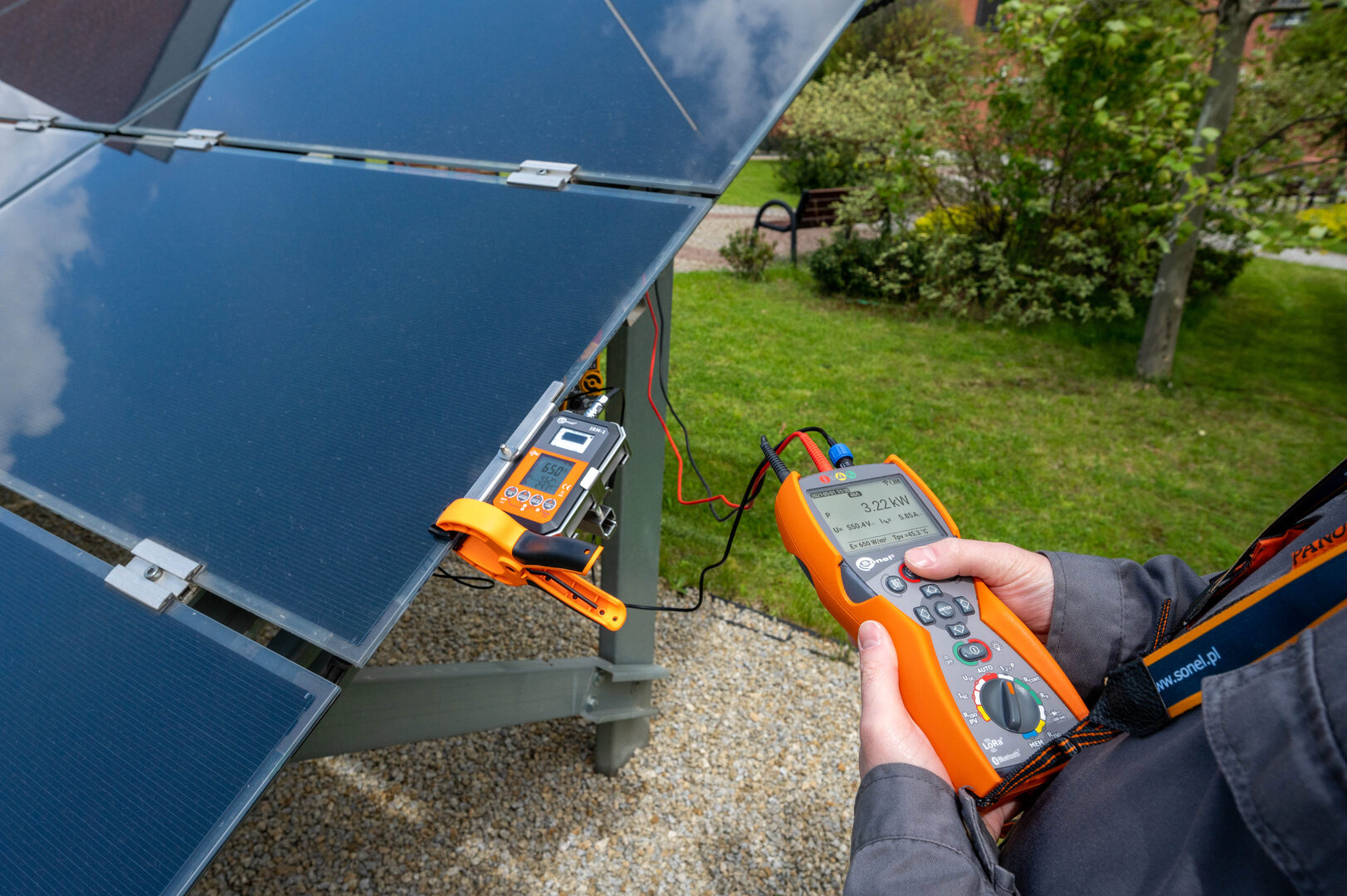 The very rapid and dynamic development of photovoltaic installations that has been taking place in the world in recent years is impressive. It is largely due to the departure from traditional, non-renewable energy sources. Greater social awareness and a desire by government to encourage taking responsibility for the climate around us has forced a shift in the energy sector towards green energy. In addition, the technology is constantly evolving, resulting in lower costs. This combined with the constant increase in energy prices for consumers make an an economic shift more and more favorable for the photovoltaic sector and is a key factor moving customers towards further development of solar PV systems.
The very rapid and dynamic development of photovoltaic installations that has been taking place in the world in recent years is impressive. It is largely due to the departure from traditional, non-renewable energy sources. Greater social awareness and a desire by government to encourage taking responsibility for the climate around us has forced a shift in the energy sector towards green energy. In addition, the technology is constantly evolving, resulting in lower costs. This combined with the constant increase in energy prices for consumers make an an economic shift more and more favorable for the photovoltaic sector and is a key factor moving customers towards further development of solar PV systems.
With the push for energy saving increasing in is important to remember that the safety level of the photovoltaic installation and the servicing of these installations is a growing business Because of this, it is very important that the installation complies with all safety requirements after installation, and that its operation complies with the applicable regulations. We can only be sure of this by carrying out the appropriate tests and inspection and periodic checks. The requirements are described in the 18th Edition amendment 2 Section 712 along with the European standard EN 62446. The standard and wiring regulations define the method and scope of safety control of photovoltaic installations. Measurements allow you to determine not only the safety, but also the efficiency of a photovoltaic installation.
The EN 62446 standard divides the tests into category 1 and 2 tests and additional tests.
The measurements for the obligatory category 1 include:
- Measurement of open circuit voltage (for a single panel or a string of PV panels) up to 1000 V DC
- Measurement of short-circuit current (for a single panel or a string of PV panels) up to 20 A DC
- Measurement of the operating current of PV panels with the use of external clamps
- Polarization test
- Measurement of insulation resistance of PV panels with a test voltage of 250, 500 or 1000 V, simultaneous measurement of two values (plus to earth and minus to earth)
- Measurement of resistance of protective connections and equipotential bonding with ±200 mA current
Additionally, it is possible to perform measurements not included in category 1, which are found in everyday measurement practices. These are:
- RMS voltage of AC network up to 600 V and frequency
- Insulation resistance of AC circuits with the test voltage of 250, 500 or 1000 V
- AC current
- AC/DC power
- Low current resistance with audible and visual signaling
- Diode test with 200 mA current with automatic polarity detection
- Blocking diode test with 1000 V DC voltage
By measuring the parameters of the PV installation, such as the short-circuit current Isc or the open-circuit voltage Uoc, you can quickly verify the correct connections of the modules in the string, their polarity and operation. Measurements can be made for the entire chain of panels or for a single module. The continuity of protective connections and the grounding resistance on the DC side are measured in the same way as in AC installations. In the case of insulation resistance tests, the difference is that the measurements are carried out under voltage, therefore special care should always be taken. The values of operating currents and power on the DC and AC sides must be checked during the operation of both installations. Based on these measurements, we will verify the efficiency of the inverter and compare it with the efficiency declared by the manufacturer.
The manufacturer of the inverter will usually specify the parameters of individual elements of the PV system which are measured in STC (Standard Test Conditions: 25° C, 1000 W/m², AM 1,5). For comparison purposes, solar installation testers can automatically convert the results to STC conditions. This is done by the use of an irradiance and temperature meter. Both of these meters cooperate with each other and normally work over long distance through radio link. The automatically transmitted data is then converted to measurement values of short circuit current and open circuit voltage referenced to the standard STC conditions.
 To help test your solar PV installation to latest test and inspection standards, Power Quality Expert have introduced the new range of Sonel test meters for solar PV electrical installations to help test and inspect in accordance with Section 712. The Sonel PVM-1020 kit contains a solar voltaic meter and irradiance meter for the testing of solar PV panels and installations in accordance with EN-62446-1. The Sonel MPI-540-PV prosumer multifunction tester also conforms to EN-62446-1 with the addition of power quality logging and solar PV measurements referenced to STC (Standard Test Conditions). Datalogging of current is possible with the Sonel CMP-1015-PV graphical clampmeter which can make accurate measurements downstream from variable frequency converters.
To help test your solar PV installation to latest test and inspection standards, Power Quality Expert have introduced the new range of Sonel test meters for solar PV electrical installations to help test and inspect in accordance with Section 712. The Sonel PVM-1020 kit contains a solar voltaic meter and irradiance meter for the testing of solar PV panels and installations in accordance with EN-62446-1. The Sonel MPI-540-PV prosumer multifunction tester also conforms to EN-62446-1 with the addition of power quality logging and solar PV measurements referenced to STC (Standard Test Conditions). Datalogging of current is possible with the Sonel CMP-1015-PV graphical clampmeter which can make accurate measurements downstream from variable frequency converters.
